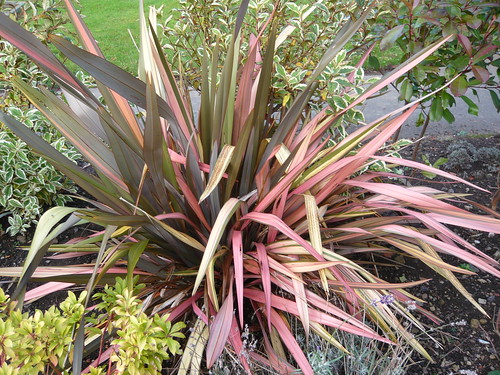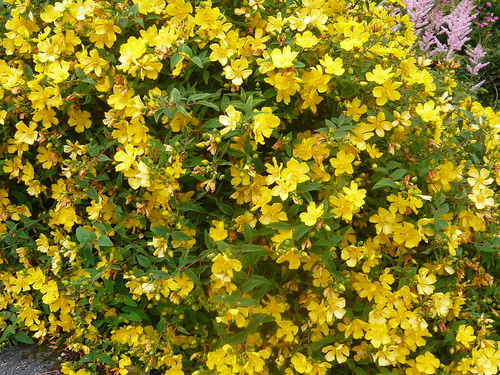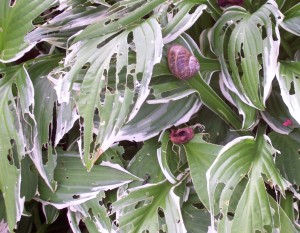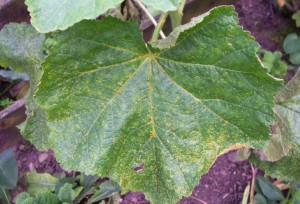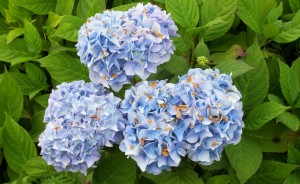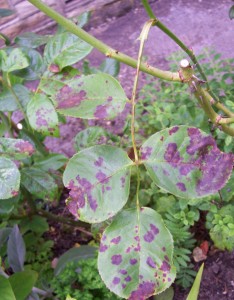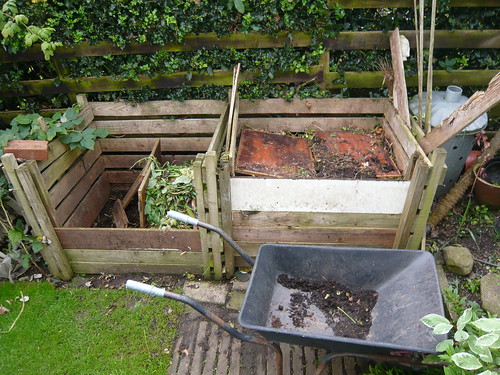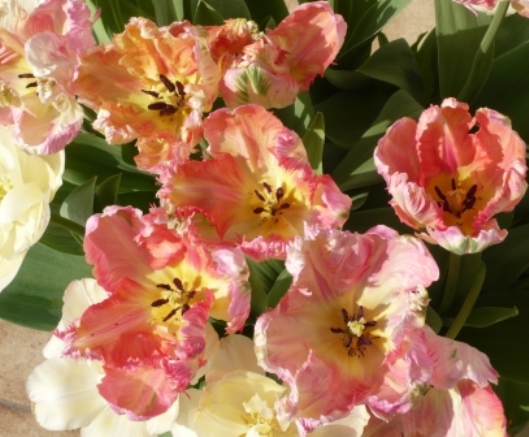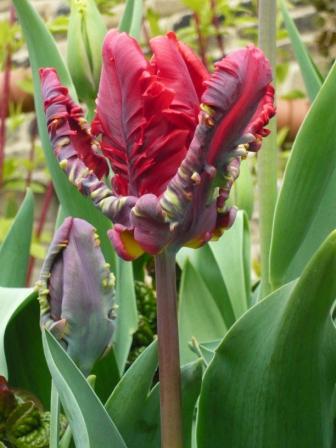Make your own seed planting tape. Mix some flour and water or non-fungicidal wallpaper paste and squirt a line along a length of paper towel. Sprinkle fresh seed into the goo and place the tape in the seed bed covering to the required depth. The seeds can be seen and get a damp start. Some seeds like carrots can be germinated in the paste then squeezed out of a tubeing in a fine line.
Make a seed shaker for fine seeds like Livingstone Daisy by firstly mix the seed with dry sharp sand. Then put the mix into a kitchen shaker, salt cellar. perforated lidded tin or similar. When sowing the seed will go further and there will be less thinning out.
Buy germinated seedlings in kinder pots or small plug plants ready to prick out or pot on.
To make Willow water containing growth hormones collect new tender shoots, tips and leaves from willow trees. Cut into small pieces and steep until the liquid becomes tea coloured and strain. Use the fluid for soaking the end of cuttings prior to planting or for watering new plants.
A Spade cleaner and tool shiner couldn’t be easier. Fill a bucket with sharp sand mixed with some oil. Clear off the worst of the soil and plunge the spade trowel or fork repeatedly in the mix to clean and shine. Have a can of WD40 handy for spray oiling other tools.
Make your own planting device from a PVC pipe cut to a convenient length of say three foot six sharpen one end and use to draw furrows drop seeds down the tube and turn over to back fill. Other bodging tools can be made from kitchen implements even an old ironing board can become a portable potting bench.
Long Handled Shears. I’ll never forget the first time we bought my mother a pair of long handled shears, it makes the job of cutting edges so much easier and more satisfying.
Go for Low Maintenance areas with ground cover plants and shrubs with a moderate habit that do not need pruning.
Grow easy flowers from the list selected here. Perennials last many seasons annuals bring the chore of tidying up and replanting.
